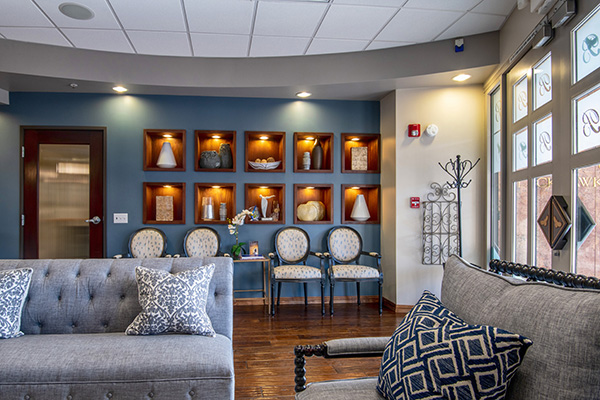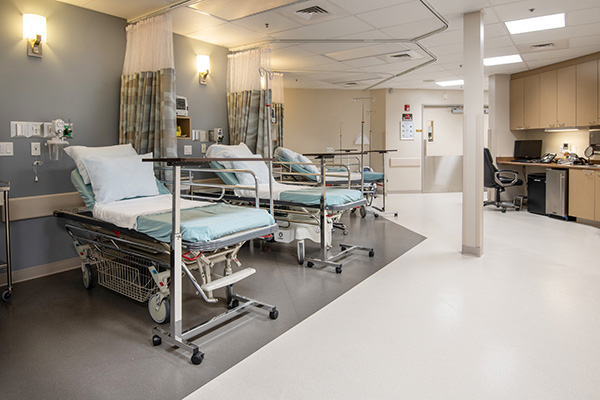
Comprehending Rhinoplasty: A Comprehensive Guide
Introduction
Rhinoplasty, typically referred to as a "rhinoplasty," has actually gotten enormous popularity over the years, both for cosmetic enhancement and medical necessity. This detailed guide aims to supply in-depth insights into nose job surgical treatment, covering everything from the procedure itself to expenses, healing, and potential threats. Comprehending Nose Surgery: A Comprehensive Guide not only serves those considering this surgical choice however also informs readers about the subtleties of nasal anatomy and the artistic skill associated with nasal aesthetics attaining an unified facial balance.
Understanding Nose job: A Comprehensive Guide
What is Rhinoplasty?
Rhinoplasty is a surgical procedure developed to change the shape or function of the nose. It can resolve different concerns such as size, shape, and total look. Additionally, it can fix structural defects that restrain breathing or are a result of trauma.
Types of Nose surgery Procedures
1. Open Rhinoplasty
Open rhinoplasty includes making an incision on the columella (the tissue in between the nostrils), enabling much better exposure and access to nasal structures.
2. Closed Rhinoplasty
In closed nose job, cuts are made within the nostrils, leading to no noticeable scarring. This method is typically chosen for easier procedures.
3. Revision Rhinoplasty
Revision nose surgery is performed on clients who are disappointed with previous surgical treatments. It's more complex due to scar tissue and requires a proficient surgeon.
Why Think about Rhinoplasty?
1. Cosmetic Reasons
Many individuals opt for nose job to improve their facial aesthetics. A well-proportioned nose can substantially improve one's self-confidence.
2. Functional Reasons
Rhinoplasty isn't entirely aesthetic; lots of people look for surgery to solve breathing problems caused by structural irregularities like a deviated septum.
The Assessment Process
Before undergoing nose job surgery, clients need to participate in comprehensive assessments with their surgeons.
1. Choosing the Right Surgeon
Selecting an experienced and board-certified cosmetic surgeon is important. Look for before-and-after photos of previous patients to assess their proficiency in rhinoplasties.
2. Talking about Expectations
Patients should communicate their desires and expectations clearly with their surgeons during consultations.
Pre-Operative Preparations
Preparation is key to ensuring an effective surgical treatment and healing process.
1. Medical Evaluation
A total medical assessment helps identify any pre-existing conditions that could complicate surgery or recovery.
2. Medication Review
Patients must reveal all medications they're taking given that specific drugs may require to be paused before surgery.
Understanding the Nose surgery Procedure
The real procedure can differ considerably based upon individual requirements but typically follows these actions:
Anesthesia administration - either local or general.
Incision placement - depending upon whether it's open or closed.
Reshaping nasal structures - involves shaping cartilage and bone.
Closing incisions - cautious stitching lessens scarring.
Rhinoplasty Expense: What You Need to Know
One of the most important issues for possible prospects is expense:
-
The typical cost of nose job varieties from $5,000 to $15,000.
-
Factors influencing cost consist of cosmetic surgeon experience, geographical area, facility costs, anesthesia costs, etc.
|Aspect|Estimated Cost|| ---------------------------|------------------|| Surgeon's Fee|$3,000 - $10,000|| Anesthesia|$600 - $1,200|| Center Fees|$700 - $3,000|| Overall Typical|$5,000 - $15,000|

Insurance Coverage for Rhinoplasty Surgeries
Insurance might cover functional nose surgeries if deemed medically required due to breathing concerns or congenital flaws:
-
Always talk to your insurance provider concerning protection options.
-
Document all medical records supporting your case for insurance approval.

Post-Operative Care After Nose surgery Surgery
Recovery plays a vital function in successful results:
1. Immediate Aftercare
Following surgery, clients will require someone to drive them home as anesthesia results diminish:
-
Cold compresses lower swelling.
-
Elevation helps decrease bruising; keep your head elevated while sleeping.
2. Long-Term Care Tips
Long-term care includes preventing laborious activities and avoiding using sunglasses till cleared by your surgeon:
-
Attend follow-up visits for tracking healing progress.
-
Stay hydrated and maintain a healthy diet plan throughout recovery.
Potential Risks and Issues of Nose Surgery Surgery
Like any surgical procedure, nose surgeries feature risks that a person should consider:
-
Infection
-
Excessive bleeding

-
Scarring
-
Unsatisfactory results
It's vital to go over these prospective problems throughout initial consultations thoroughly.
Understanding Your Preferred Outcome: Communicating With Your Surgeon
Articulating what you want from your rhinoplastic procedure can assist set realistic expectations:
Ask yourself: What particular changes do I want?
Communicate: Bring photos of desired noses or use digital imaging tools used by some cosmetic surgeons for visualization!
Realistic Expectations Post-Rhinoplasty
Results might take some time; preliminary swelling will obscure outcomes-- often using up to one year for full healing!
FAQs about Rhinoplasty
Q1: How long does the nose job treatment take?
A: Normally lasts 1-3 hours depending on complexity; open procedures might take longer than closed ones!
Q2: Is rhinoplasty painful?
A: Discomfort differs per individual; most report manageable pain managed by recommended pain medication post-op!
Q3: When can I return to regular activities after surgery?
A: Light activities might resume within one week; however exhausting exercises generally require 4-- 6 weeks before clearance!
Q4: Exist non-surgical options to rhinoplasties?
A: Yes! Non-surgical choices like dermal fillers provide short-term improvements however can not address structural issues requiring surgical correction!
Q5: Will I have visible scars after my surgery?
A: Scarring depends upon technique used; open strategies involve external cuts while closed ones are concealed inside nostrils-- both lessening visibility!
Q6: Can I drive myself home after surgery?
A: No! Due to anesthesia effects post-op-- set up transportation ahead of time!
Conclusion
Understanding rhinoplasties goes beyond feeling in one's bones about costs or procedures-- it encompasses emotional considerations connected deeply into personal identity and self-image!
This thorough guide targets at empowering prospective clients by equipping them with knowledge-- from comprehending what influences expenses down through recovery tips-- ultimately boosting notified decision-making processes along their journey towards surgical improvement!
By reading Understanding Rhinoplasty: A Comprehensive Guide, you're taking an essential step towards making choices that line up well with both aesthetic desires and functional requirements-- leading ultimately towards confidence in your distinct beauty!